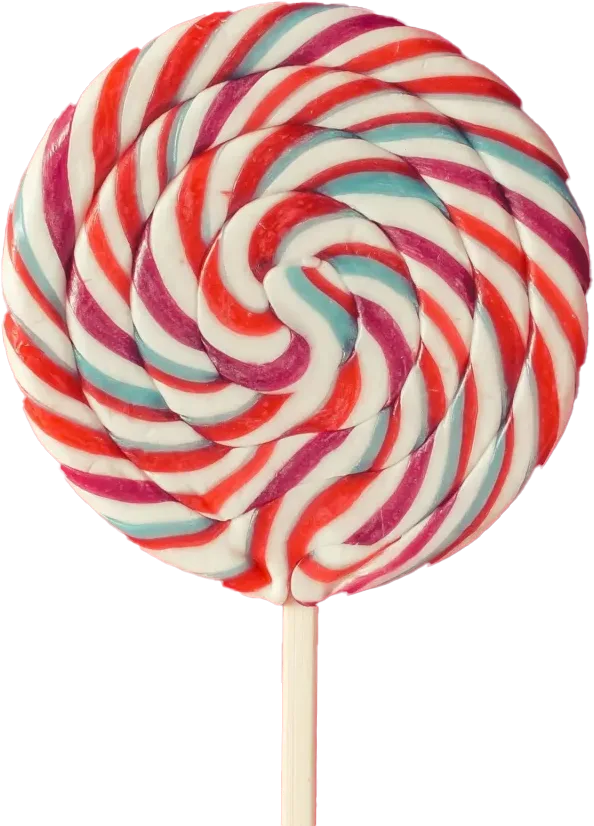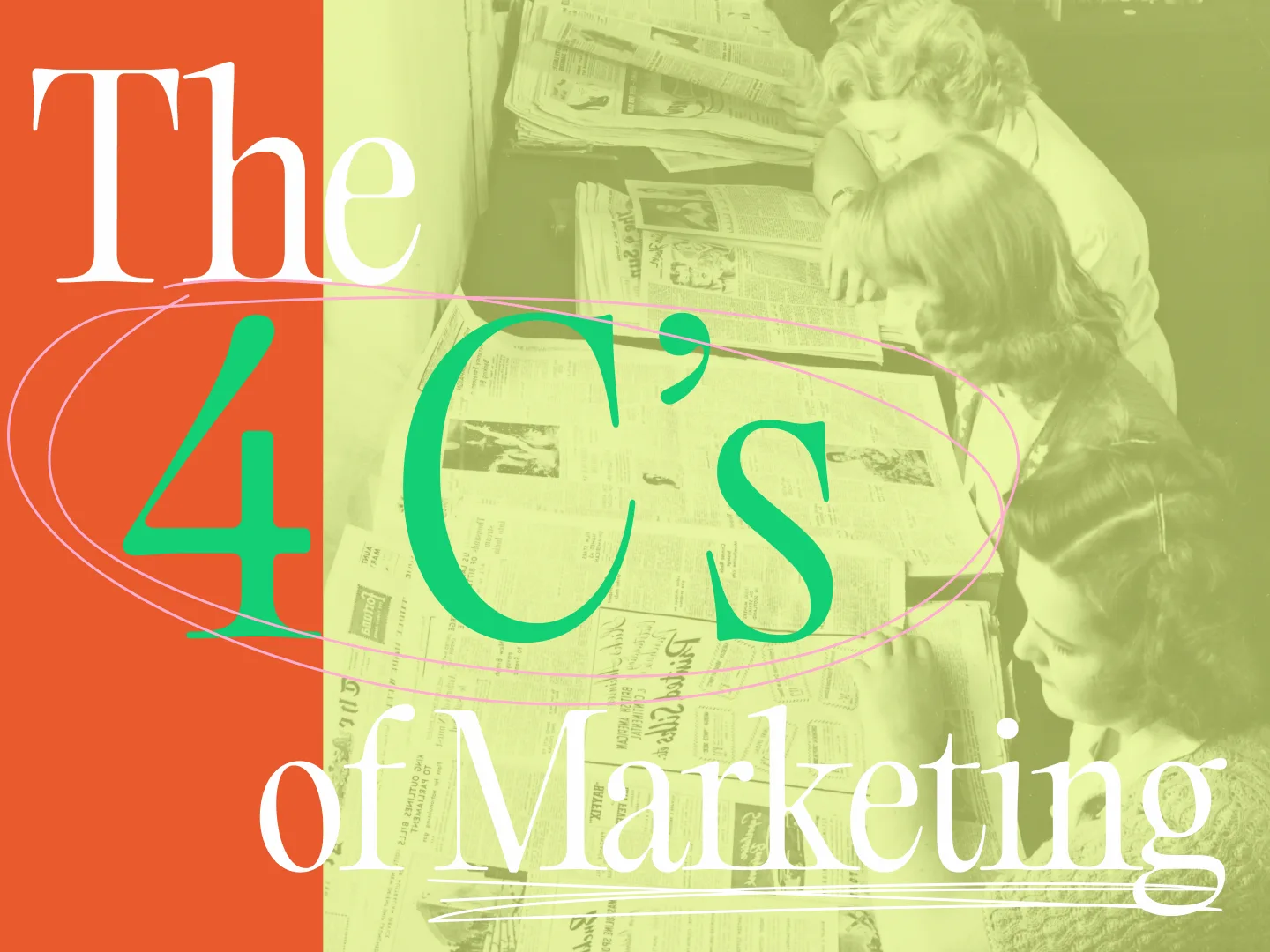
Do you remember Philip Kotler’s textbook Marketing Management?
It was written in 1967, so if not, no worries. Kotler’s “Four P’s of Marketing” have been replicated in almost every Marketing 101 textbook written in the last half-century, and most people are more familiar with this foundational philosophy than they are with the guy who popularized it.
What are the Four P’s of Marketing?
Somebody skipped Marketing 101. It’s alright, I took notes.
Product
A product refers to an item that satisfies the consumer’s needs or wants.
Products may be tangible (goods) or intangible (services, ideas or experiences).
Price
Price refers to the amount a customer pays for a product. Price may also refer to the sacrifice consumers are prepared to make to acquire a product (e.g. time or effort), and includes considerations of customer perceived value.
Place
Place describes giving the customer access to your product, traditionally at a brick-and-mortar place or through the mail.
Promotion
Promotion refers to marketing communications (advertising, PR, or sales/promotions).
Times they are a changin’
The Four P’s are old school, but they are still used by marketing professionals around the globe. Smart phones, social media, and the consumer themselves are changing the way modern marketers think about the marketing foundations they internalized in school. Think about how cable TV suddenly gave people more options with access to thousands of different channels. Cable disrupted the market, and made it more difficult for advertisers to reach their audience via traditional means. Mobile and social are doing the same exact thing (fragmenting audiences) but faster and on a much larger scale.
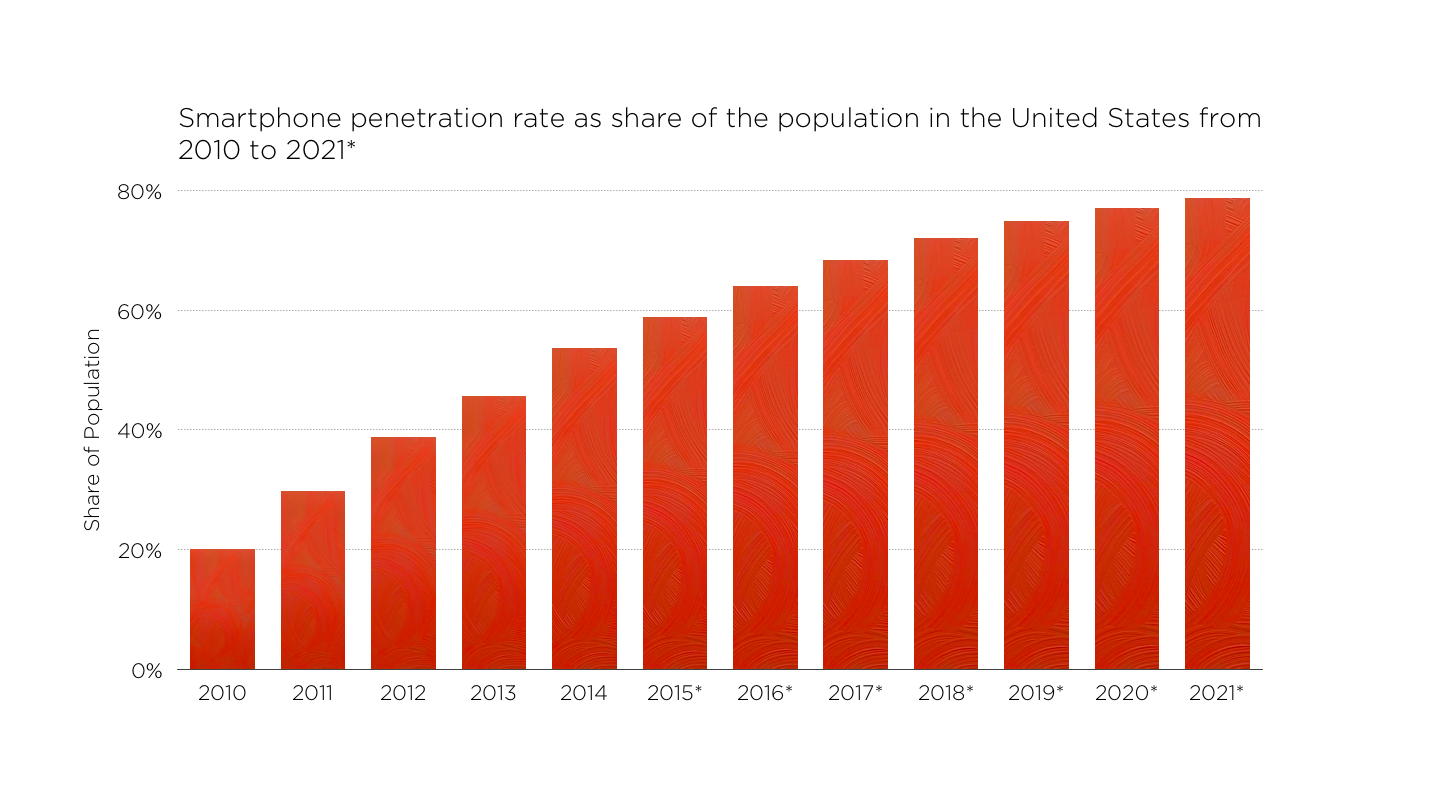
Radio took 38 years to reach 50 million. TV took 13 years to reach 50 million. Mobile took 10 years to reach 2 billion people (almost a third of the global population) and is still growing.
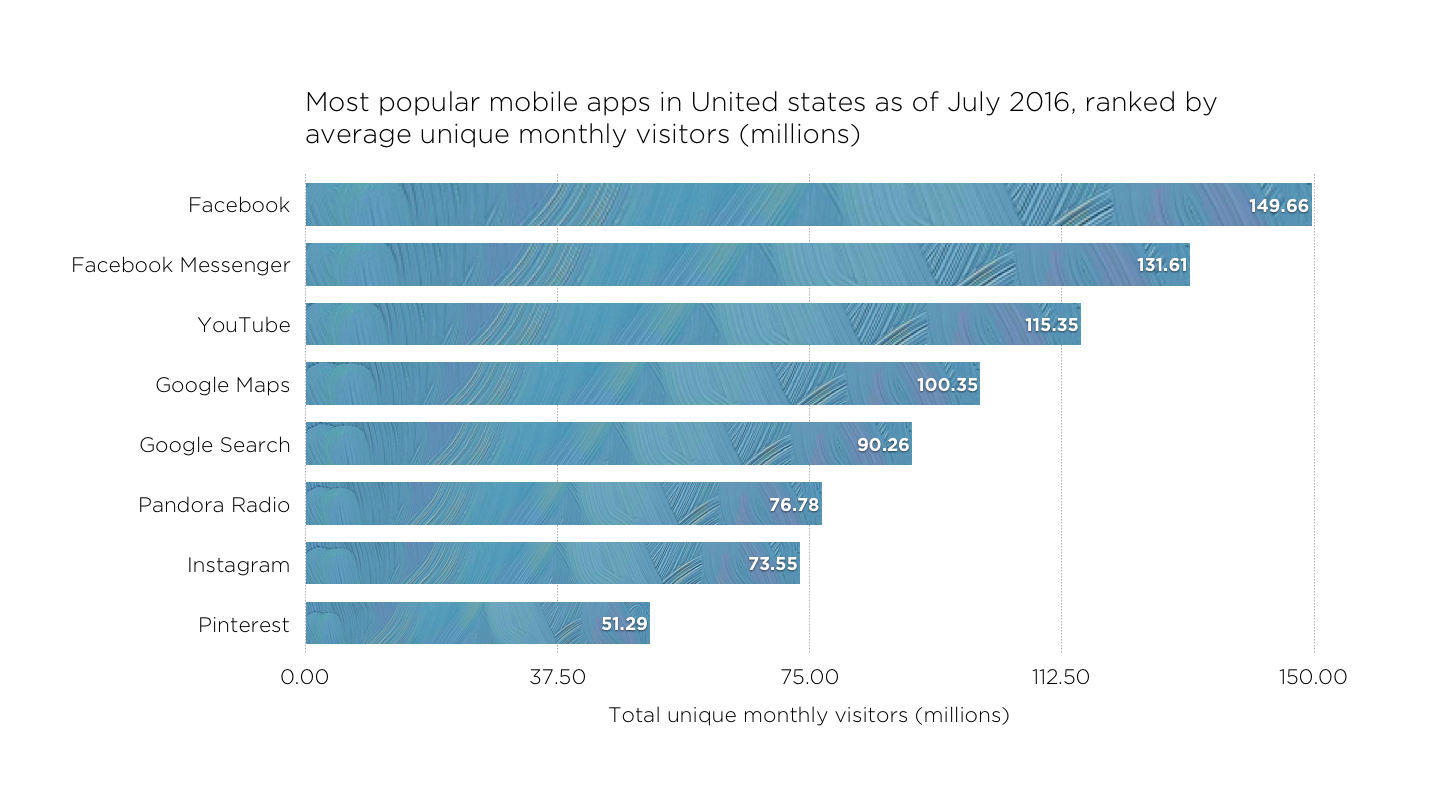
This chart above gives you an idea of what apps mobile users in US are engaging with each day. While mobile isn’t necessarily affecting the amount of time people spend listening to the radio or watching TV, it has:
A) increased the total amount of time spent consuming media daily
B) fragmented the consumer’s attention as they switch between screens, and
C) provided advertisers with new challenges and opportunities when reaching out to customers.
Wow, look at that! While most people’s media habits fluctuate throughout the day, they tend to use their smart phone continuously throughout the day and night. This means that whenever somebody is listening to the radio, watching TV, or reading a magazine, they’re likely using their smartphone at the same time.
In short, the consumer is changing and the way we think about marketing should change too.
If the Four P’s are becoming a relic of the past, then what clever mechanism can we use to describe the marketing mix that will drive successful campaigns of the future?
Introducing the Four C’s of Marketing
Facebook’s research division, Atlas, coined the term “people-based marketing” in 2014 to describe how relevance, insight, and understanding are essential when marketing in a mobile world. In 2015, Atlas published a white paper stating, among other things, that “mobile mandates a new marketing philosophy for the 21st century. Kotler’s famous ‘4Ps’ are now the ‘4Cs’: Choice, Convenience, Cross-Device and Creative Sequencing. Every decision marketers make should be rooted in these fundamentals.”

It used to be when you walked into a grocery store, you had around 50 different brands of cereal to choose from. Now you have hundreds of choices. Special K has 16 different brands alone. Grocery stores, online shopping, and even brick-and-mortar retail have followed this same trend, providing customers with an endless supply of new choices. Brands have to meet this nuanced consumer demand with highly relevant and personalized products and promotional campaigns.
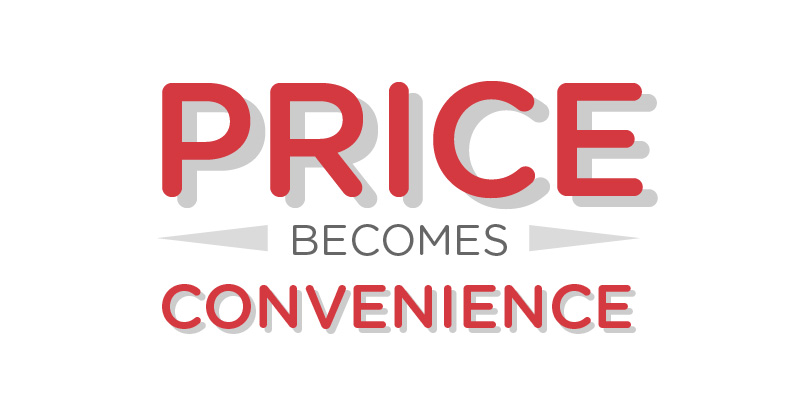
It doesn’t matter what generation they’re in. When today’s customer wants something, they want it now. Amazon is the king of convenience, which is how they became the Alpha and Omega of commerce. Amazon’s Alexa can now order you more paper towels with a voice command when you run out. Through Amazon, I can get my food or groceries delivered in under an hour to my door. In short, prices are longer fixed. They scale with convenience.
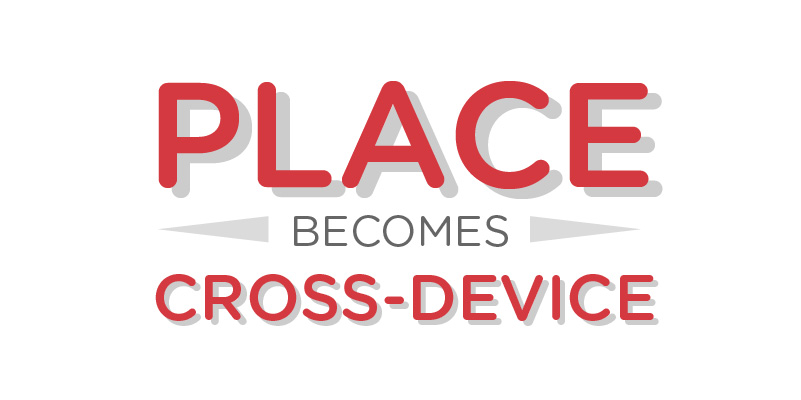
Place used to describe your brand’s visibility at the point-of-sale, but awareness in the real world is no longer enough. Today, place is as much digital as it is physical. Your customer has become multi-dimensional, using multiple devices at the same time throughout the day. If your customer is in multiple places at once, your brand should be too. Place has shifted to Cross-Device: the ability to deliver relevant marketing messages anytime, anywhere, on any screen and assess marketing performance in real-time.
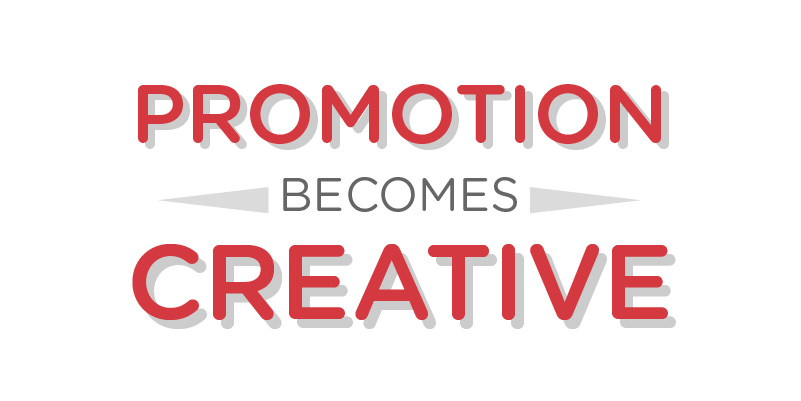
Marketers have more control over their audience’s experience than ever before, and creative storytelling is the solution to getting noticed in a world where your customer is bombarded with thousands of ad messages daily. In order to explain the power of sequential story telling, I’ll reference another classic marketing mechanism; the sales funnel. From awareness, to engagement, to conversion, creative storytelling allows marketers to deliver tailored messaging to their customer depending on where they are at in the sales process. Ads have to be more than just a single message that moves your customer from awareness to conversion. Today, advertisers have to find the right order in which to tell their brand’s story in consumable, bite-sized chunks.
Need help making sense of the new marketing landscape?
